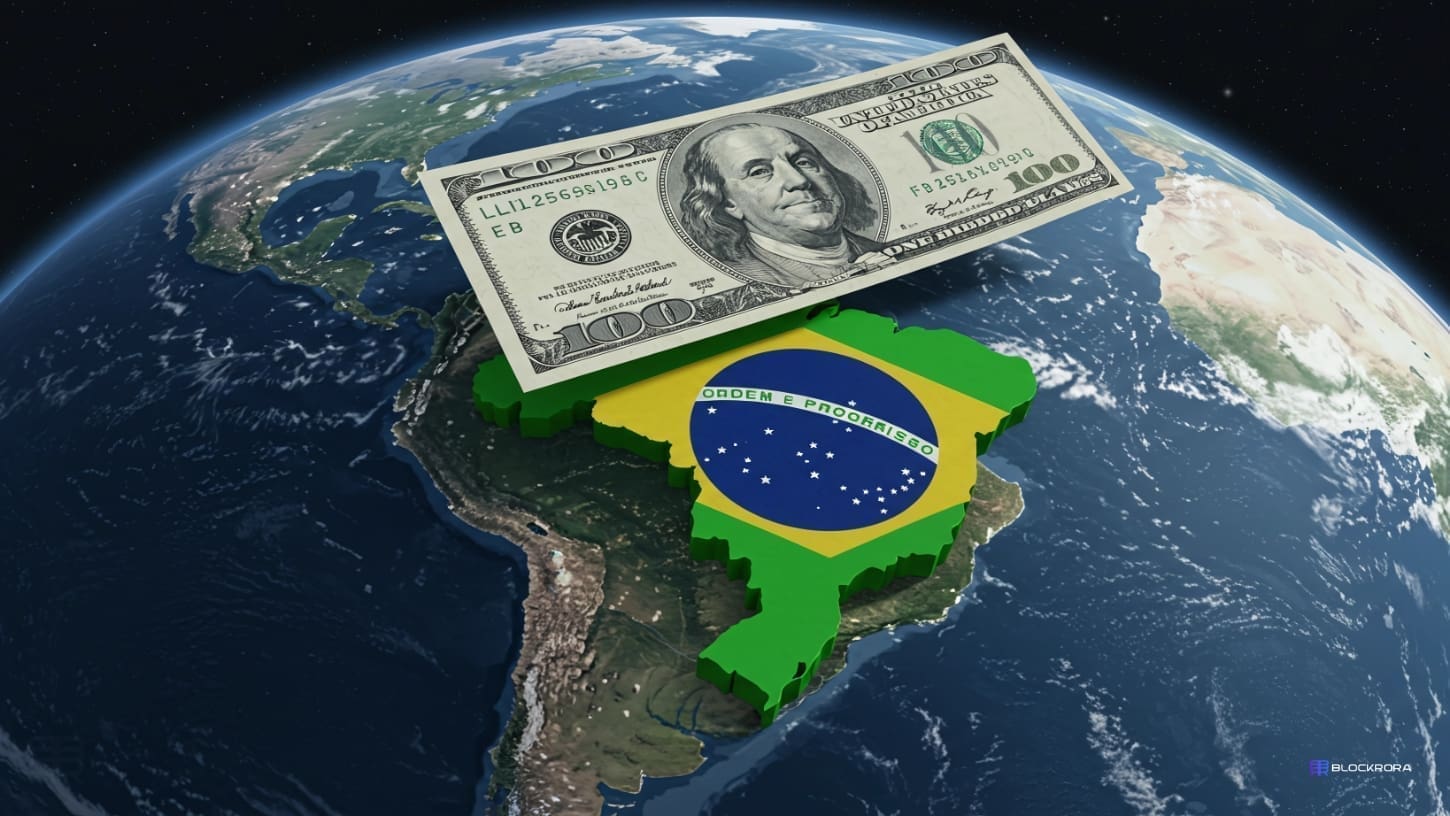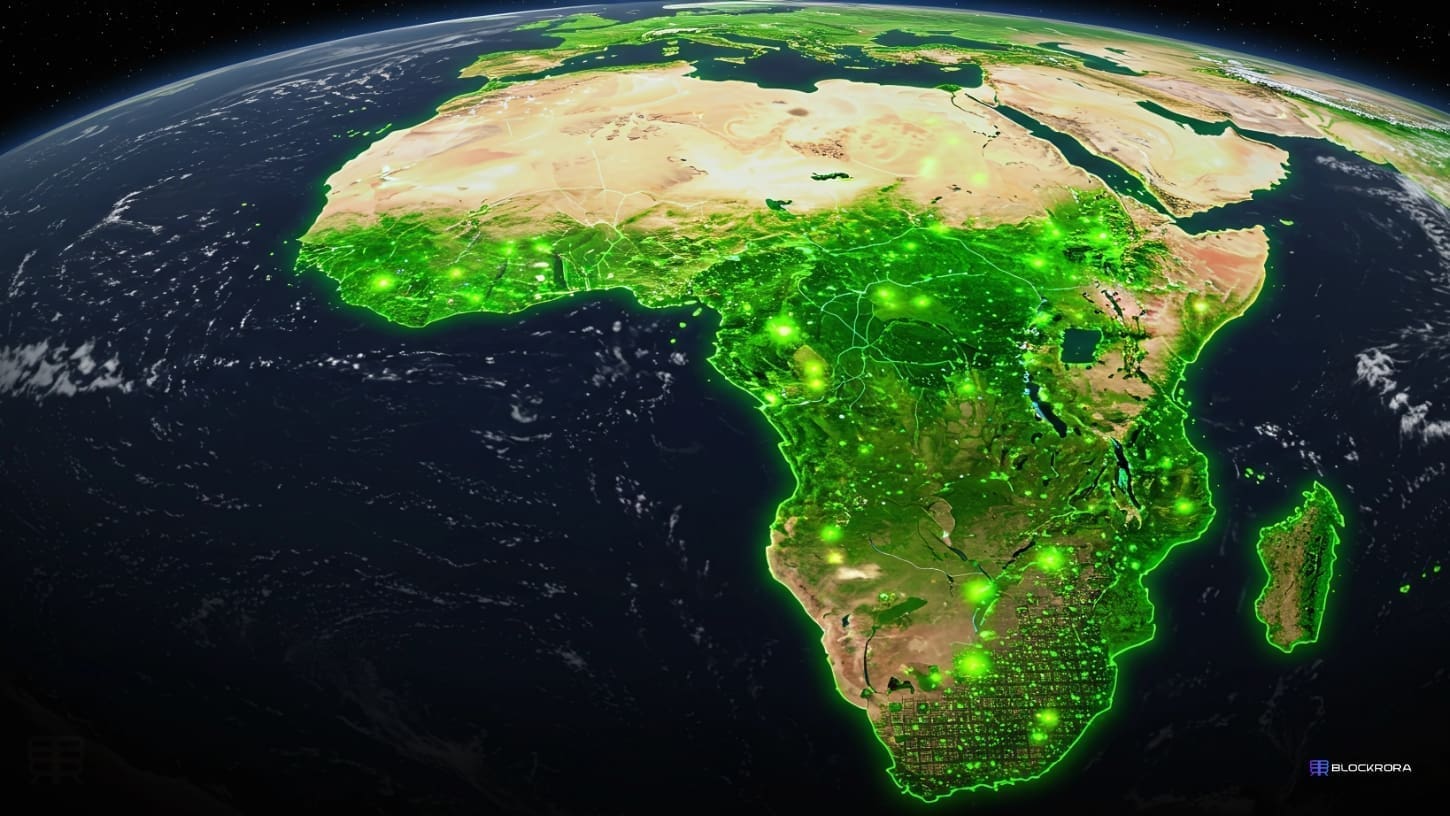BRICS Payment Systems: Is Brazil’s 2025 Move the End of USD Dominance?

A Game-Changer in Global Finance?
The dominance of the US dollar in international trade is facing one of its biggest challenges yet. The BRICS nations, Brazil, Russia, India, China, and South Africa are pushing forward a new financial order that reduces dependency on the USD and strengthens local economies.
Brazil’s 2025 payment system initiative marks a significant milestone in this movement. By facilitating trade in local currencies, BRICS is challenging this dollar-centric dominance by promoting alternative trade mechanisms, creating new economic alliances, and giving the Global South greater financial autonomy.
Could this be the beginning of the end of USD dominance in global trade?
Brazil’s 2025 BRICS Payment System: A Move Towards Financial Independence
Brazil has announced plans to launch a BRICS-aligned payment system in 2025, allowing member nations to trade in local currencies instead of relying on the US dollar and Western banking systems.
Key Features of Brazil’s 2025 BRICS Payment Plan:
- Alternative to SWIFT – A new payment infrastructure designed to replace the US-dominated SWIFT system.
- Local Currency Settlements – Direct trade using BRICS currencies, reducing reliance on USD reserves.
- Financial Sovereignty – Empowering emerging markets to control their economic future.
- Potential Crypto & Blockchain Use – Could decentralized payment systems play a role?
This plan aligns with the broader BRICS agenda, which seeks to counterbalance Western financial influence and support the rise of a multipolar world economy.
The Growing Influence of BRICS & the Global South
BRICS Expansion: A Superpower in the Making?
Originally founded by Brazil, Russia, India, China, and South Africa, BRICS is rapidly expanding to include more members. The 2023 BRICS summit welcomed Saudi Arabia, the UAE, Egypt, Iran, and Ethiopia, further strengthening the alliance’s economic influence.
Key BRICS Economic Statistics:
- 46% of the world’s population – Nearly half of humanity lives in BRICS nations.
- 31.5% of global GDP – BRICS economies now surpass the G7’s combined GDP share (30%).
- Energy dominance – Saudi Arabia, Russia, and Iran provide BRICS with significant control over global oil and gas markets.
- A powerful financial bloc – The BRICS-led New Development Bank (NDB) aims to rival the IMF and World Bank.
The Role of the Global South
BRICS is seen as the economic voice of the Global South, which includes Africa, Latin America, and parts of Asia—regions historically underrepresented in Western financial institutions.
Why the Global South Supports BRICS:
- Decoupling from the West – Many emerging markets seek financial independence from US-led institutions.
- Alternative to IMF & World Bank – BRICS nations offer loans and investments without the strict conditions imposed by Western financial entities.
- More equitable trade – Developing nations benefit from direct trade agreements without needing USD reserves.
By expanding its membership and building an independent financial infrastructure, BRICS is reshaping global trade dynamics.
De-Dollarization: The End of US Financial Dominance?
The US dollar has long dominated the global financial system, with 80% of international trade settled in USD. However, BRICS is challenging this dollar-centric system by promoting alternative trade mechanisms.
Why Countries Are Moving Away from the USD:
- Sanctions & Restrictions – The US has weaponized the dollar, cutting off sanctioned countries from SWIFT.
- China & Russia’s Push for Alternatives – The Yuan and Ruble are already used in cross-border trade.
- Inflation & US Monetary Policy – Rising US debt and inflation have weakened confidence in the dollar.
- Rise of CBDCs & Blockchain – Digital currencies offer new, decentralized payment rails.
Brazil’s 2025 BRICS payment system is part of this larger de-dollarization effort, ensuring that global trade can function independently of Western financial networks.
Could Crypto and Blockchain Power the BRICS Payment System?
One of the biggest questions surrounding the new BRICS financial infrastructure is whether Blockchain and crypto will play a role.
Potential Blockchain & Crypto Integration:
- Smart Contracts for Secure Transactions – Reducing reliance on third-party intermediaries.
- Decentralized Finance (DeFi) – Faster, cheaper, and more transparent cross-border payments.
- BRICS Digital Currency or Stablecoin – A CBDC or regional stablecoin could enable seamless trade.
- Cross-Border Payments Without Banks – Crypto-based settlements could eliminate the need for Western banking intermediaries.
China’s Digital Yuan (e-CNY) and Russia’s Digital Ruble could serve as the foundation for a BRICS-backed digital economy.
What This Means for Global Trade & the USD
If Brazil’s 2025 BRICS payment system succeeds, the US dollar’s role in global trade could decline significantly.
Potential Outcomes:
- Reduced Demand for USD – Countries will no longer need large USD reserves for trade.
- Stronger BRICS Currencies – Local currencies will gain more global liquidity and stability.
- Shift Towards Digital Payments – Could accelerate the adoption of CBDCs, stablecoins, and blockchain-powered finance.
- US Influence Declines – Sanctions and monetary policies will have less impact on non-Western economies.
While the USD won’t disappear overnight, Brazil’s BRICS payment system launching in 2025 represents a major step toward a new global financial order.
Final Thoughts: A New Era in Global Finance?
BRICS is no longer just a political alliance, it’s a growing financial powerhouse reshaping the global economy. With Brazil’s 2025 payment system, we could see a future where the US dollar is no longer the world’s default currency.
Key Takeaways:
- BRICS is expanding and strengthening its financial influence.
- Brazil’s 2025 payment system could accelerate de-dollarization.
- Blockchain & digital currencies could power the next phase of BRICS finance.
- The Global South is embracing BRICS as an alternative to Western financial institutions.
Will this be the beginning of the end for USD dominance? Only time will tell.






